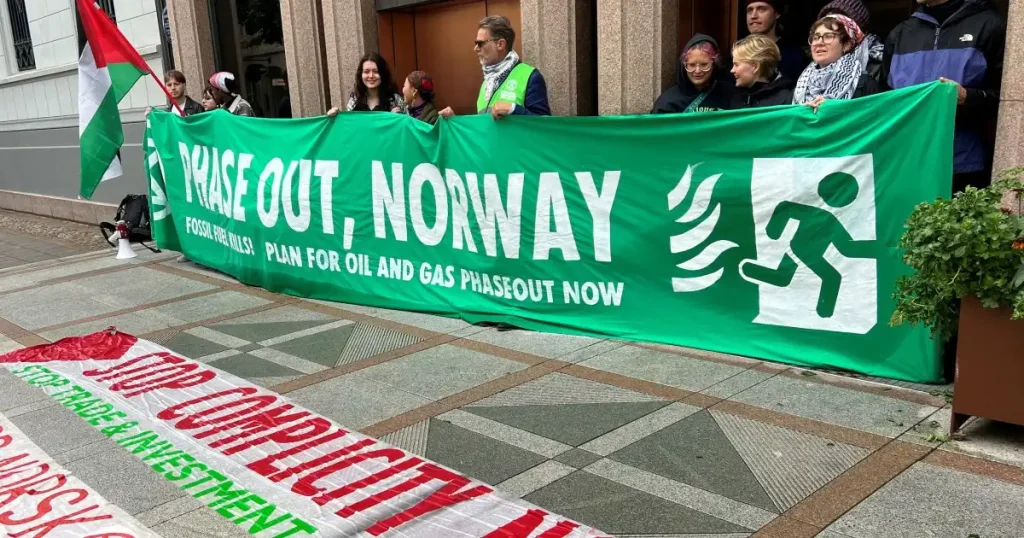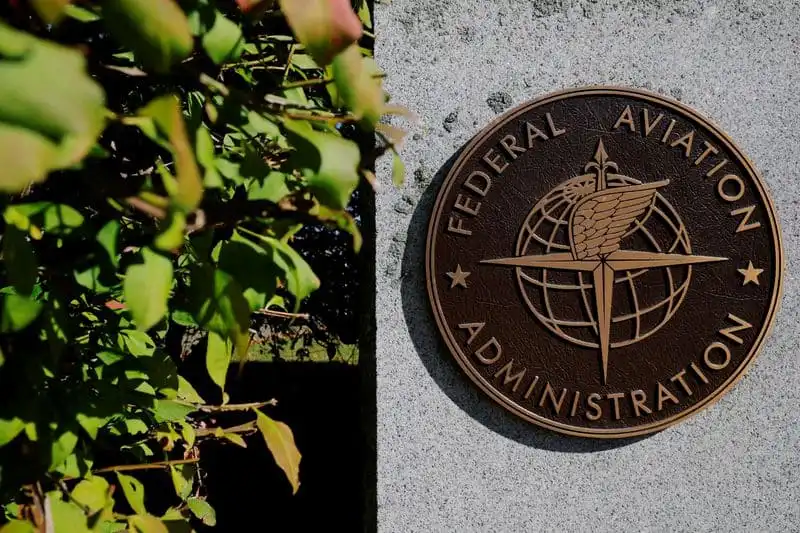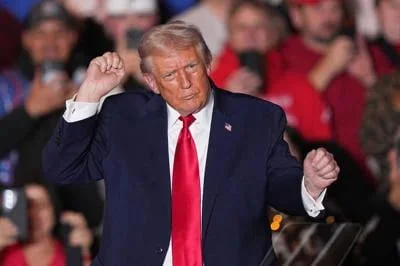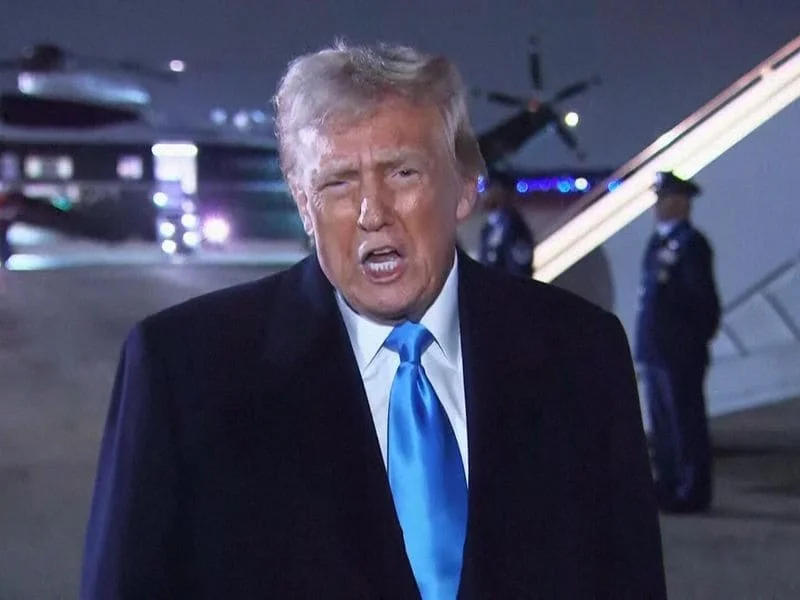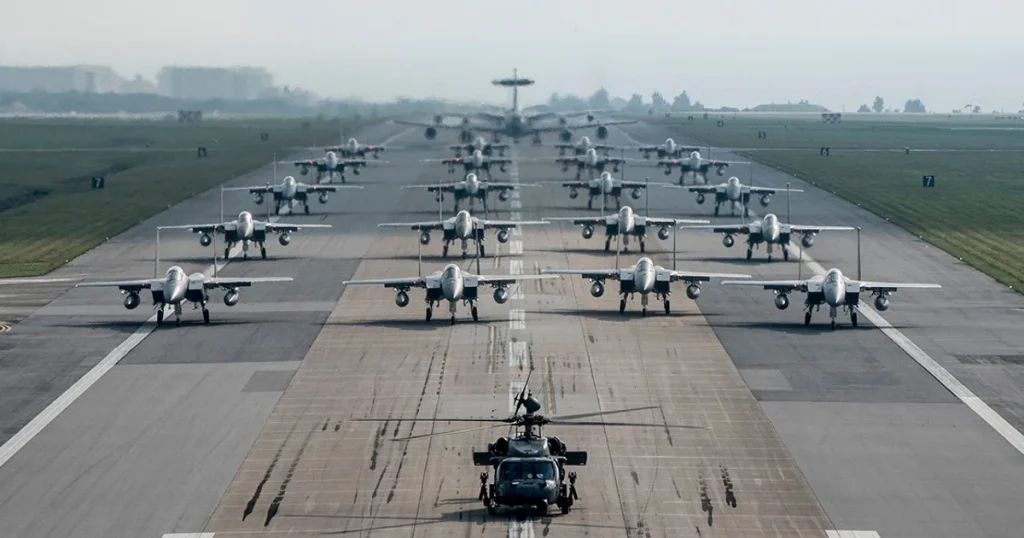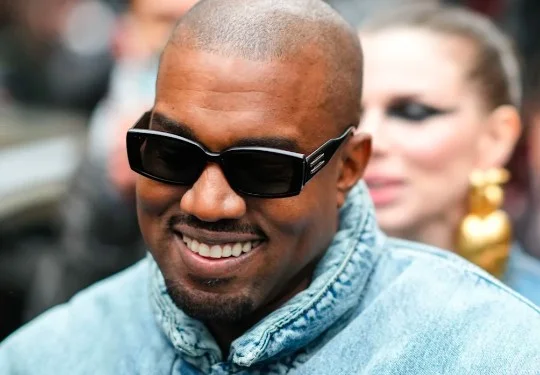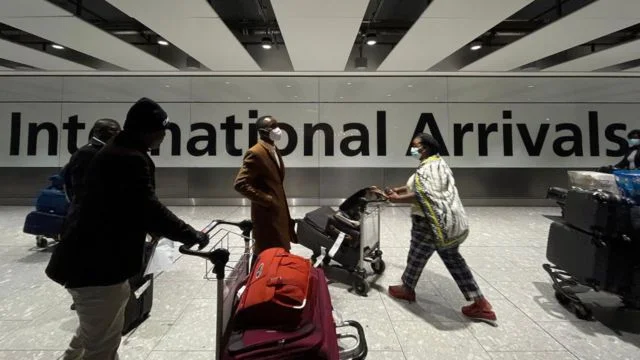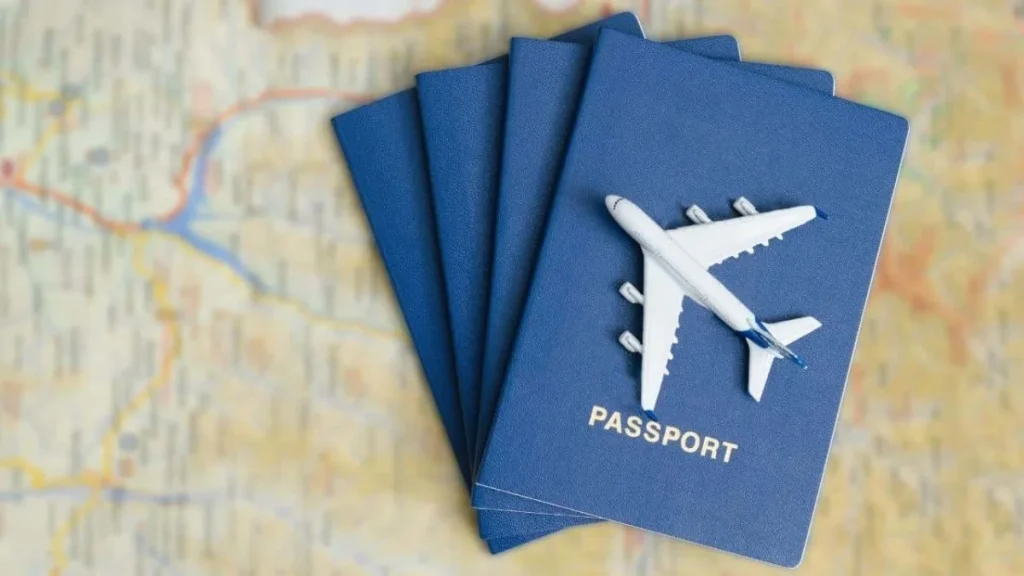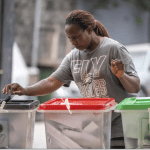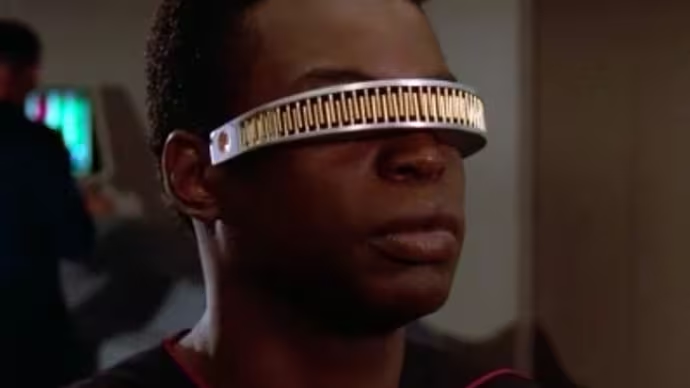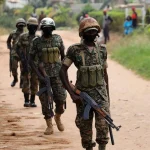Norway heads to the polls on Monday for a fiercely contested election, where international uncertainties, such as US President Donald Trump’s tariff proposals and the ongoing war in Ukraine, may strengthen support for the incumbent government.
Incumbent’s Edge Amid Global Uncertainty
Prime Minister Jonas Gahr Store, leading the Labour Party, holds a narrow lead in recent polls. Analysts suggest that global instability could encourage voters to favor the continuity offered by the current administration.
As a NATO member with a shared Arctic border with Russia, Norway is acutely aware of geopolitical risks, and its export-reliant economy is vulnerable to trade disruptions.
“Global challenges, like the uncertainty around international trade and the conflict in Ukraine, tend to make voters lean toward the stability of a known government,” said political analyst Johannes Bergh in an interview .
Store’s extensive experience, including two decades since his first term as foreign minister, bolsters his appeal in these turbulent times.
Domestic Priorities in the Spotlight
Campaigns have heavily emphasized domestic issues, with rising living costs topping voter concerns. Many Norwegians are grappling with increasing prices, prompting debates over economic policies to ease financial pressures.
Access to quality healthcare and investments in education are also central to the election. Parties across the spectrum have proposed plans to improve these sectors, reflecting their importance to the electorate.
The wealth tax remains a polarizing issue. Some parties advocate for its removal to stimulate economic growth, while others argue it’s essential for addressing inequality, creating a clear divide between political camps.
Initial election results are expected after polling stations close at 19:00 GMT.
Voices from the Ground
In Oslo, voters express mixed sentiments. “There’s room for improvement in many areas,” said 29-year-old physiotherapist Emma Nordvik.
“But with the world in such a chaotic state, I think sticking with a stable government makes sense.”
Meanwhile, 40-year-old librarian Kari Hansen voiced a desire for fresh leadership, saying, “We need new ideas and different faces in charge.”
Divisions Within Political Blocs
Store’s minority Labour government gained a boost with the return of former NATO chief Jens Stoltenberg to a prominent role. However, securing a coalition will require alignment with four left-leaning parties, which disagree on critical issues:
-
Oil Exploration: Labour supports ongoing oil drilling, a stance opposed by the environmentally focused Greens.
-
EU Relations: Labour and the Greens favor deeper EU ties, potentially leading to membership, but the Centre Party and far-left groups, along with much of the public, oppose this.
-
Sovereign Wealth Fund: The far-left pushes for divestment from certain international holdings, a proposal Labour rejects.
The opposition, led by Erna Solberg’s Conservatives, faces its own challenges. The anti-immigration Progress Party, under Sylvi Listhaug, has gained traction in polls, surpassing the Conservatives.
However, Listhaug’s polarizing style risks alienating moderate voters. The right-wing bloc, which includes smaller center-right parties like the Liberals, is also split on issues like climate policy, EU relations, and immigration.
A Pivotal Moment for Norway
With both political sides grappling with internal divisions and a complex mix of global and local issues, the outcome of Norway’s election remains uncertain.
The results will shape the country’s approach to economic challenges, international relations, and its role in a volatile world.

